[ad_1]
First of all, hearty holiday wishes to my fellow lovers of Asian cinema in this community. While I am writing this, it’s almost Christmas. It’s been a while since I last took up the pen (keyboard). For my previous entry of this series, I covered 3-Iron (Link to the Article), which turned out to be quite controversial in the comments section. For my comeback article, I thought of moving from South Korea to China. And what can be a better option than to cover one of the best creations of Zhang Yimou, who has been been hailed as master of the color palette (quite rightfully so).
Warning: Spoilers in the article!
For those who have not seen the movie yet, please proceed at your own discretion.
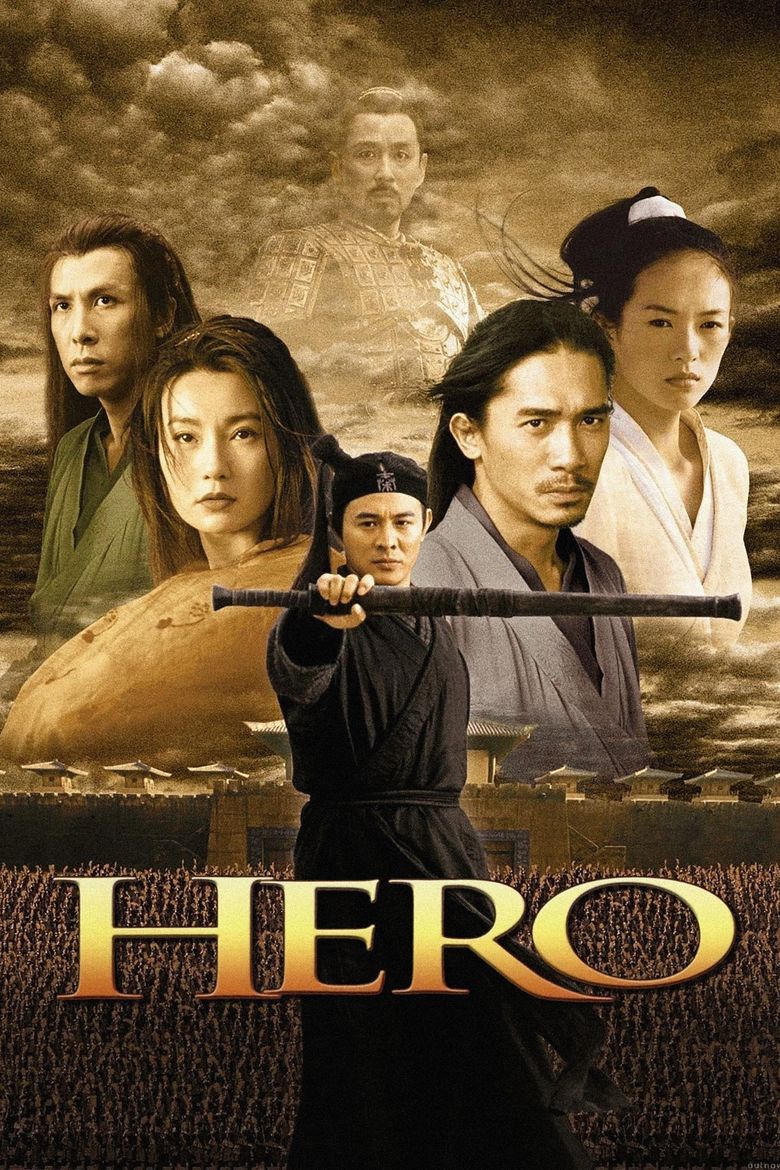 Hero is a 2002 Chinese wuxia film directed by Zhang Yimou. The film is loosely based on the story of Jing Ke’s assassination attempt on the King of Qin in 227 BC.
Hero is a 2002 Chinese wuxia film directed by Zhang Yimou. The film is loosely based on the story of Jing Ke’s assassination attempt on the King of Qin in 227 BC.
In ancient China during the Warring States period, a time before China existed as a country, a lowly Qin prefect known only as Nameless (Jet Li) has been summoned to appear before the King of Qin (Chen Dao Ming) because he has apparently killed the King’s three greatest enemies: The until now invincible assassins Sky (Donnie Yen), Flying Snow (Maggie Cheung), and Broken Sword (Tony Leung). Nameless is given a huge reward, but, more importantly, he becomes the first person to be allowed within ten paces of the king for a decade.
In flashbacks, we see how Nameless went about killing the three assassins but the skeptical King suspects that his stories are untrue. The events are examined again, then for a third time, and the King comes to believe that Nameless seeks a greater reward than the King’s favor.
The plot of Hero is quite straightforward. An extremely accomplished assassin plots the death of the tyrannical ruler responsible for the death of his family. However, the narrative is anything but. The film unfolds in a deliberately ambiguous and confusing fashion so that the audience is uncertain at some points in the film as to who is actually dead and more importantly, from whose viewpoint we are seeing events. We see multiple accounts of the same events and we as audience are not sure which account is the true one. At some points in the film, it seems that there is a struggle going on between Nameless and the King for the control of the film’s narrative.
Now this kind of nonlinear Rashomon-style narrative (a narrative style named after Kurosawa’s Masterpiece which allows the audience to see a single story through multiple POVs and get a multi-dimensional sense of characters based on the way their version of events unfolds) while unusual, is not unheard of. But what sets Hero apart from its contemporaries is the use of colors.
While the director himself insists that the choice of colors was aesthetic and not symbolic (and aesthetic it is. Spectacularly so.), I respectfully disagree, as there are too many symbolisms and mood building pertaining to color for it to be mere coincidence. Let’s take a deeper dive.
The Color Narrative of Hero
In this movie, there are five colors as the main narrative elements: Black, White, Red, Green, and Blue. Different colors represent different characters, their inner worlds and situations. At the same time, colors are also regarded as the most important logical cues in the movie. When one color is shifted, it means the angle of narration has changed, which can help audiences avoid being confused with different story lines.
The Black
Black scenes are the main story line in the movie. At the beginning of the movie, Nameless accesses the palace to face the King of Qin. They are communicating, debating and then Nameless attempts to kill the King.
In the black world, the palace, the soldiers’ suit of armors, Nameless and the king’s costumes, are all black. Most compositions in the black scene tend to place the main character in the middle of the picture without camera movement (like the below picture).
Moreover, in the action plot between Long Sky and Nameless, the battle is made powerful by a series of still shots. Thus, the black world is perceived like a hard stone, generally.

Black in Chinese elements is usually associated with death, sadness, melancholy, coldness, seriousness or anything connected with life. The beginning and end of the film are black, suggesting that Wu Ming entered the palace of the Qin dynasty to assassinate the King of Qin, and it is impossible to come out alive. At the beginning of the film, the clothes of the troops of the State of Qin, the clothes of its ministers, the design of the coils of dragons on the pillars inside the palace, the walls and floors inside the palace, and the clothes of the King of Qin are all in black tone. This gives people a very strong sense of oppression and expresses the dissatisfaction, resentment and anger of the people at the time when the King of Qin waged war against the six states. At the end of the film, Nameless and the King of Qin also used the black color tone in the palace of the Qin Palace. Although Nameless did not assassinate the King in the end, the black tone also meant that it was impossible for him to leave the palace alive.
The Green
The green depicts the past period between Broken Sword and Flying Snow, including their love and the reason why Broken Sword decides to give up killing the King of Qin and why Flying Snow insists on her initial decision firmly.
There is a lot of B-roll footage to describe the beautiful landscape. The mountain is covered with green trees and the river is peaceful like a mirror. The still camera is trying to create a peaceful atmosphere and show the happiness in the couple’s hearts. Being different from other color scenes using extreme lighting such as lanterns in red scenes, bluish lighting, and reflection from metal and candles in black scenes, in the green world there is a lot of sunshine shining on characters’ faces.

Green in the movie means hope, happiness and new lives. In the green world, there are beautiful memories about love and the new cognition about the world, and the King of Qin will still be alive for more hopes and happiness from the general public.
The Red
The red storyline accounts the collision and jealousy among Broken Sword, Flying Snow, and Moon. Nameless utilizes the power of jealousy to destroy the three swordsmen separately.
In the red world, all characters’ costumes are red and the material of clothes is silk which is soft and lithe. The clothing style combined with smooth camera movement creates a relative inner world which is an abstract and emotional world, rather than a real world.
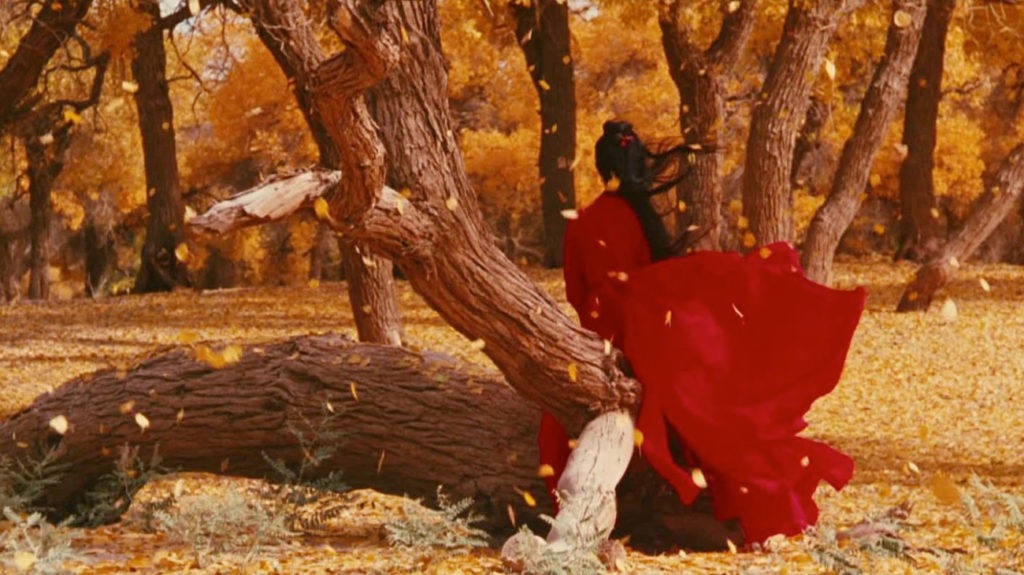
At the same time, a lot of shots are used to describe the calligraphy with smoothly moving camera, which also can show the different inner world. A thought and an action from the character are both hidden in the lithe wind and flying sand of the red world. Moreover, the lighting designs in the scene use a lot of hard lighting to describe the characters’ narrow inner world.

Also, a narrow corridor presents itself many times in the scene, which actually is a path toward characters’ depth of the inner world. As for the action scenes, they are totally different from those in black. Thus, the red world is like wind fanning a fire.
Red in the scene means jealousy which is just like a fire flaming in Broken Sword, Flying Snow, and Moon (Zhang Zi Yi). With the wind around them, the fire becomes stronger and stronger and kills them. On the other hand, red is also representative of love, a strong power of love. If there was not any love among the three characters, there would not be jealousy and envy to push them into the worst trouble. Hence, envy and love constitute the red world and the fallen leaves scene is the most classical representative in the movie.
The Blue
In the account of the blue storyline, there are similar silk clothes and soft wind, but the different part is the environment which is a wide space instead of a narrow corridor. There are mountains and sky. In the wide environment, the camera slowly follows Broken Sword and Flying Snow accessing the huge and wide world with bluish natural lighting. Everything in the scene is peaceful.

Blue in the movie means freedom, peaceful love, and the two swordsmen’s broad hearts. They are facing their death, but they are feeling peaceful. They are facing love, but know no jealousy. They are willing to give up their lives for another lover. Although blue is a cold color, in this scene blue is representative of the truth of love that the real love should be like an ocean, able to embrace everything. At the same time, compared with the powerful long shots with thousands of characters in the black scenes and a lot of squishy close shots to show characters’ emotions, there are some long shots that show only one character walking in a huge and wide external environment. This kind of composition can exaggerate the limitation of one person’s power and the greatness of their bravery. Thus, the blue also describe these swordsmen’s spirit, and being small but having enough courage.
The White
In the account of the white storyline, the four characters are divided into two teams, Broken Sword and his student Moon, Flying Snow and Nameless. Broken Sword wants to interrupt Nameless’ killing the King of Qin. By contrast, Flying Snow wants to help him make the dream come true.
The director didn’t use obviously personal visual style. By contrast, he chose a neutral method to record the plot just like a gad angle. There is not a lot of slow motion to emphasize their fighting or special angles to draw out the details of characters’ inner world. The only things existing here are purity and neutrality. The reason to protect the King is pure, the relationship between teacher and student is pure, and the resolve of killing the King is also pure. All of the decisions they made are to give the world peace and insist on the love in their hearts. Everyone has their special reasons, but no one is at fault. In fact, the shift of dynasty is never a mistake, it is just a choice of history.

White in the movie represents the pure world, the turning point of history and the fair. Zhang Yimou uses the most simple color white to draw a picture about unification of countries, the purity of love and a little sadness about death. In China, white is usually used for funerals. On the other hand, white can be added into any colors and Qin Dynasty has the responsibility to unify China. Thus, white means a new world is coming soon. It’s also probably the “True” account as white symbolizes the truth.
Visual Beauty
If I have to describe Hero in one line then I would say it is a visual poem of extraordinary beauty. Here are a few of my favorites.
A scene where Nameless and Long Sky fight to the death during a torrential rainstorm that pierces the ceiling of the room where they fight, while a blind musician plucks his harp in counterpoint; they pause sometimes to urge the musician to continue. At one point Nameless launches himself across the room in slow motion, through a cloud of suspended raindrops which scatter like jewels at his passage.
There is scene where Nameless and Broken Sword engage in battle while floating above the vast mirror of a lake, sometimes drawing patterns in the water with their blades; Zhang even seems to film them from below the surface of the water they’re walking on.
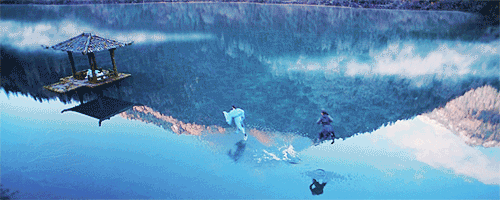
Basically every frame of the red storyline.
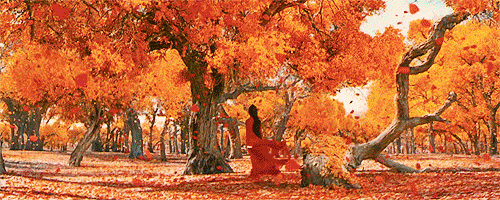
The wide angle shots of the white storyline.

And one shot from the green storyline. Because why not.

A film like Hero demonstrates how the martial arts genre transcends action and violence and moves into poetry, ballet and philosophy. It is violent only incidentally. Hero is a martial arts poem painted in color, it connects color with sound, emotion, and meaning. Hero plays out its art in lush tones and textures. One can even say that the camera and color not only tell the story, they are the story.
Every genre has its cadre of viewers who think they dislike it. But sometimes a movie comes along that they should see nevertheless.
A masterpiece not to be missed.
Edited by: Jojo (1st editor), devitto (2nd editor)
hero
[ad_2]
Source link





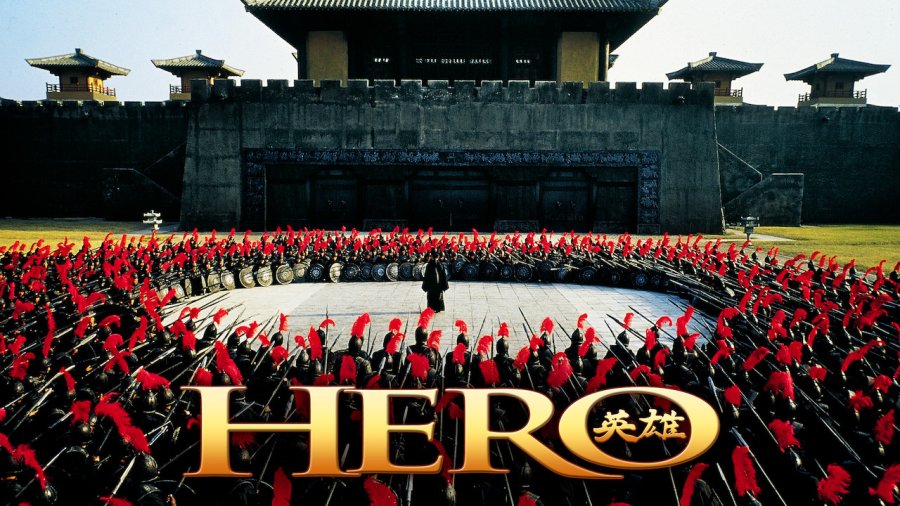

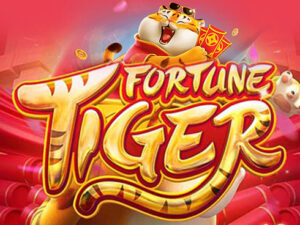
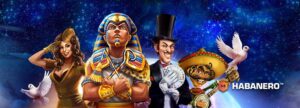
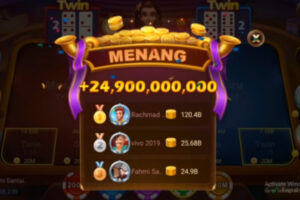
More Stories
Park Hyung Sik and Han So Hee Radiate Chemistry in Cute Promotional Stills for Disney+ K-drama Soundtrack #1
Go Kyung Pyo in discussion to join Park Min Young and Kim Jae Young in a new drama
New Trailer is Out for “Green Mothers Club”